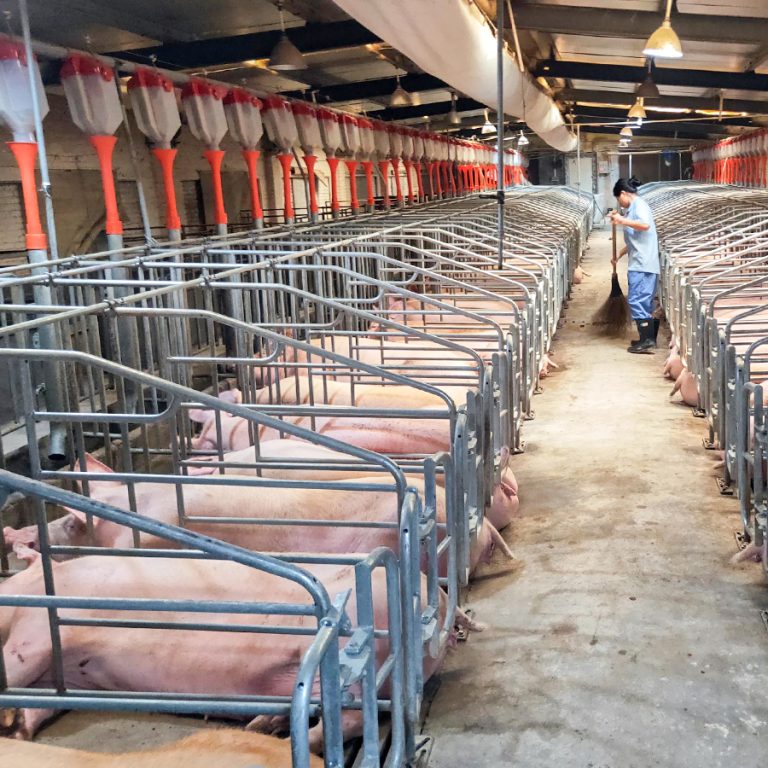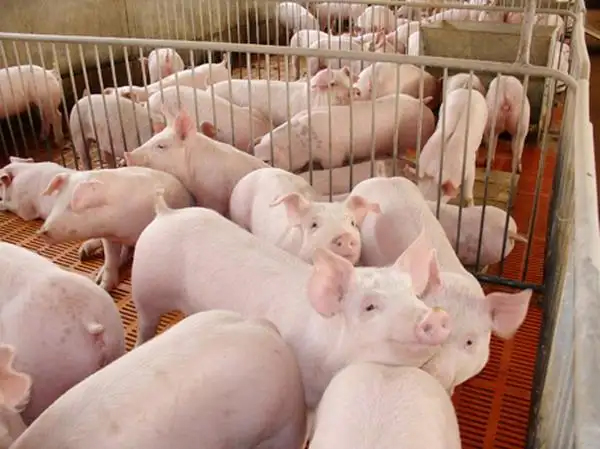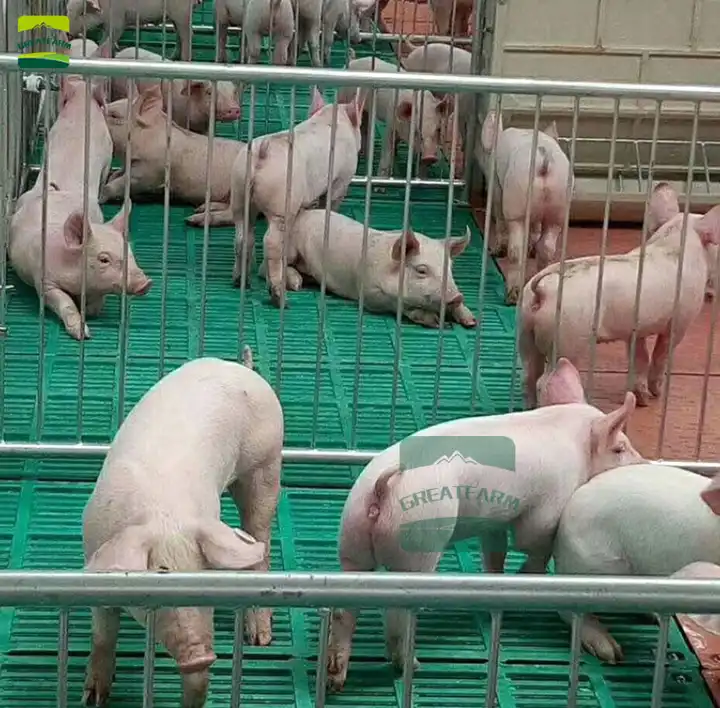Every summer, pig farmers are concerned about how to cool down their pig farms. Below are several common cooling measures that pig farms can flexibly choose based on their own conditions:
- Insulating Pig Houses Insulation prevents external heat from transferring into the house and depends on the insulation performance of building materials. Strong sunlight during summer easily transmits radiant heat to the interior of the pig house. To improve the roof’s insulation, consider using a ventilated roof to reduce heat transfer to the lower layers. Light-colored and bright surfaces have strong reflective capabilities, so employing light-colored surfaces for the roof and sun-facing walls is beneficial. Coating the external walls of the pig house with lime paint at the beginning of summer helps enhance reflection and heat loss, reducing the transfer of solar heat to the pig house and pigs.
- Water Toilets Water toilets or play pools serve to prevent heatstroke in pigs during hot summers while also providing pigs a designated area for excretion, ensuring dry and clean pens. Simple and cost-effective to construct, a water toilet is made by stacking bricks and cement in a corner and filling it with water. It’s suitable for pigs weighing around 50 pounds or more. The advantages include labor savings, reduced stress and disease rates, minimal water usage, waste reduction, environmental friendliness, and cost reduction.
- Green Shade Planting tall trees in production areas or vines on the exterior walls of pig houses effectively blocks solar radiation. In regions with intense sunlight and moderate humidity, shading is a straightforward and effective cooling method. Suitable tree planting or climbing plants can shield strong sunlight, improve the microclimate of the pig farm, although it might attract mosquitoes.
- Evaporative Cooling This method uses water evaporation to absorb heat and lower temperatures. Techniques include drip cooling, sprinkler cooling, mist cooling, and water splashing.
- Drip Cooling: Intermittently dripping water above the pig’s neck creates a cooling sensation due to the pig’s neck nerve sensitivity. The water evaporates on the pig’s back, absorbing heat and cooling the pig. This method suits individual boars and birthing sows.
- Sprinkler Cooling: Spraying cold water below the pig house temperature using a water pipe reduces internal temperatures. Internal, rooftop, and external wall sprinkling are variations.
- Mist Cooling Systems: Atomizing water into mist quickly vaporizes water, absorbing heat, but excessive humidity may affect pig health. Managing humidity is critical for effective evaporative cooling.
- Reducing Stocking Density Stocking density directly affects internal temperatures. During high summer temperatures, reducing the number of pigs per unit area helps prevent high temperatures in the pig pens. Optimal densities can be set as follows: piglets (0.5 square meters/head), medium pigs (1 square meter/head), and large pigs (2 square meters/head). High densities reduce feed intake and growth rates.
- Fans Despite not lowering the surrounding air temperature, fans draw heat away from pigs when the air temperature is lower than the pig’s body temperature. However, they work only when the wind reaches the pigs.
- Cooling Pads Less common in farrowing pens due to increased humidity, cooling pads lower temperatures by passing air through wet pads. Although effective, this method might not suit piglets due to increased humidity levels.
- Ventilation Common ventilation methods in large-scale pig farms include natural ventilation, mechanical ventilation, and cold air blower systems. Natural ventilation depends on weather conditions and is often combined with additional cooling equipment for consistent results. Mechanical ventilation uses fans or roof ventilation to introduce cooler air inside the pig house. Cold air blowers generate cold air through compressors or evaporative systems, efficiently lowering temperatures in larger areas.
- Laying Cold Water Pipes In farms with ample water supply and drainage facilities, circulating cold water pipes under sow beds create localized cool zones, effectively preventing heat stress in sows before and after giving birth.
- Increased Water Intake Adding salt to feed encourages pigs to drink more water, particularly from deep well sources (cooler in summer), significantly reducing heat stress.


